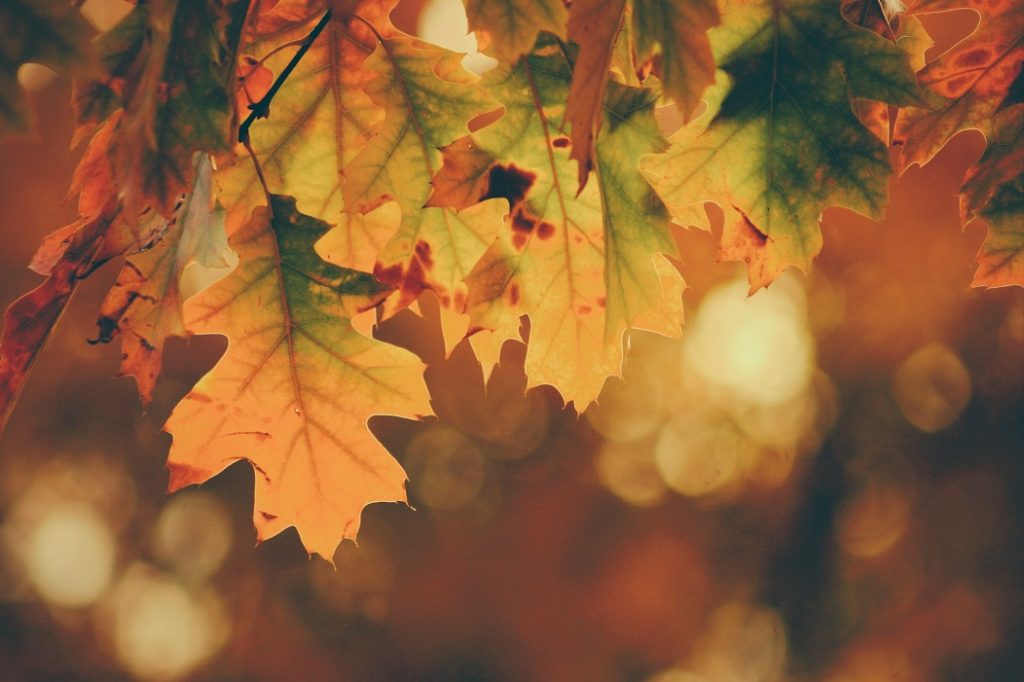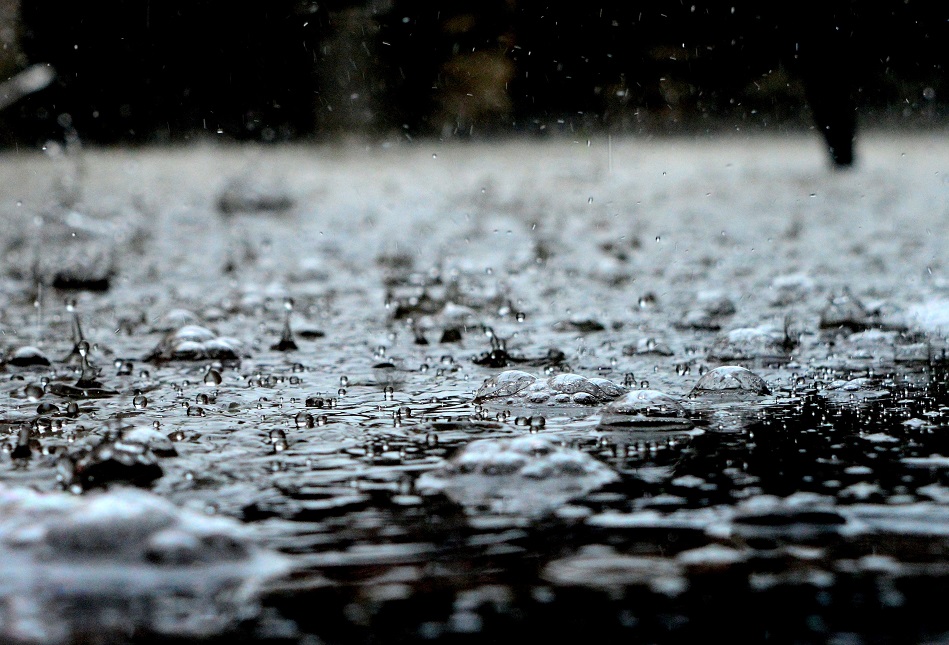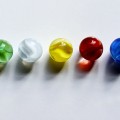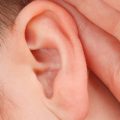
Attributing colors to sound is something that audio engineers do. First, engineers gave the name to white noise when they wrongly assumed that a specific spectrum of a signal has flat power. Then they start giving other names like pink and blue.
What Are The Examples Of Pink Noise?
Pink noise is abundant in nature. Some examples are the sound of waves, rustling leaves, heartbeat, rainfall, wind, breathing, and pulsating quasars in space. Even your thought patterns are considered pink noise.
White Noise vs. Pink Noise – What’s The Difference?
White noise has a uniform spectral density. That means it sounds equally loud at all frequencies. It’s different from pink noise which has an equal power spectral density per octave.
Another way to put it is that white noise is equal energy per frequency while pink noise is equal energy per octave.
“What’s an octave?”
In sound engineering, an octave is a frequency that’s twice than the base frequency. So from 400 to 800 Hertz is an octave as well as 1,000 to 2,000 Hertz.
What Is Pink Noise Used For?
Pink noise has equal power spectral density and humans hear sounds in octave bands due to how our ear is designed. That’s why sound engineers use pink noise to test sound equipment and frequency response in rooms. Since we hear sounds and music in octaves, it only makes sense to use pink noise over white noise for calibrating audio systems. Our ears just understand it better.
In recent years, pink noise has found new uses. In the workspace, for example, pink noise is said to improve productivity and creativity. That’s something your employer would love to hear, don’t you think?
Many people also starting to use pink noise to help with sleep problems just like white noise.

Can Pink Noise Replace Natural Background Sounds For Sleeping?
Maybe not. Natural ambiance, like the pitter-patter of the rain, still has its fan base. Many will still choose it regardless of what new research may find. It’s the same thing with white noise. People who fall asleep easier hearing statics may choose to stick with that.
Just for the record, white noise is effective in promoting sleep, while pink noise is effective in making deep sleep (the restful stage of sleep) last longer.
But wait, there’s more!
A 2017 research from Northwestern University shows that pink noise improves memory. It remains to be seen if it’s a one-shot occurrence. Further studies are underway to see if it can be done over and over again. As with any other sound, once the human brain gets used to the pink noise, it may come to ignore it.




